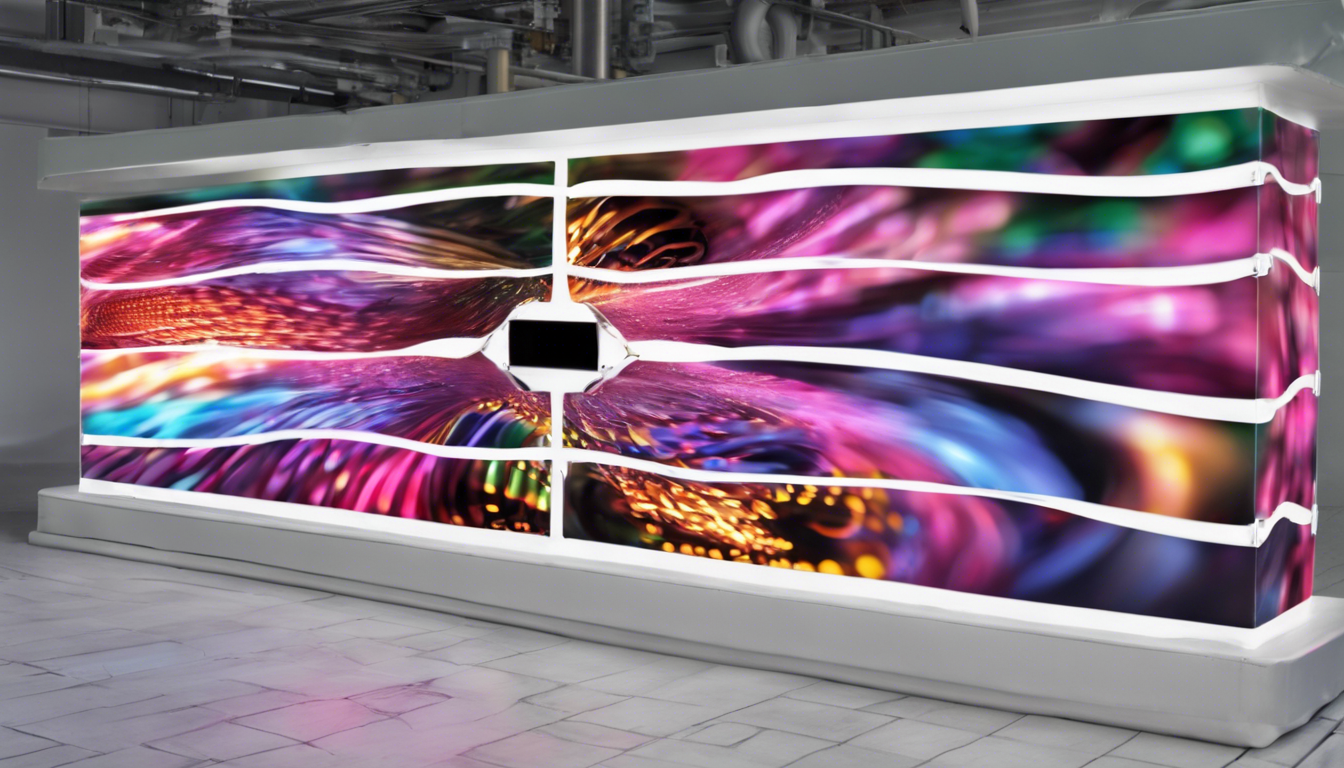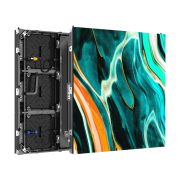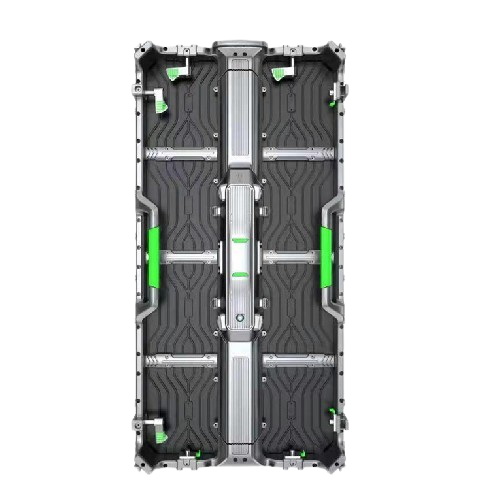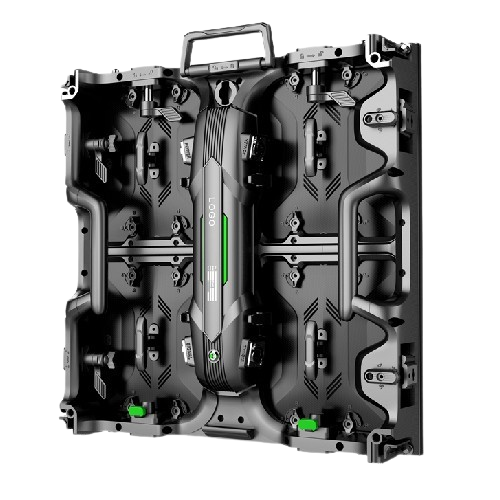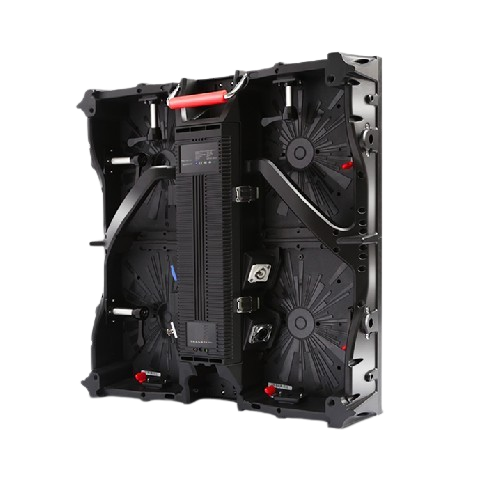Unveiling the Future of Display Technology: Flexible LED Display Rubber Manufacture
Introduction to Flexible LED Display Technology
Flexible LED displays are revolutionizing the way we perceive and interact with digital screens. These versatile displays are characterized by their ability to bend and twist without compromising on display quality. The key component enabling this flexibility is the rubber material used in their manufacture.
What is a Flexible LED Display?
A flexible LED display is a type of screen that can be bent, curved, and manipulated into various shapes. Unlike traditional rigid displays, flexible LED displays offer significant advantages in terms of design, usability, and application potential.
Key Features of Flexible LED Displays:
The Role of Rubber in Flexible LED Displays
Rubber plays a crucial role in the manufacture of flexible LED displays. The unique properties of rubber, such as its elasticity, durability, and resistance to wear, make it an ideal material for ensuring that LED displays can bend and flex without damage.
Advantages of Using Rubber:
Materials Used in Flexible LED Display Rubber
Rubber used in flexible LED displays is typically a composite material that combines various polymers and additives to enhance its properties.
Common Materials Include:
Manufacturing Process of Flexible LED Display Rubber
The manufacture of flexible LED display rubber involves a series of precise and intricate steps designed to ensure the material meets the rigorous demands of flexible display applications.
Step-by-Step Manufacturing Process:
1. **Material Selection:** Choosing the appropriate rubber material based on desired flexibility, durability, and cost considerations.
2. **Compounding:** Mixing rubber with various additives to enhance properties like elasticity, heat resistance, and durability.
3. **Molding:** Shaping the rubber into the desired form using molds.
4. **Vulcanization:** Heating the molded rubber to set its shape and enhance its properties.
5. **Quality Control:** Testing the finished rubber to ensure it meets all necessary specifications and standards.
Innovations in Flexible LED Display Rubber Manufacture
Technological advancements continue to drive innovation in the manufacture of flexible LED display rubber. These innovations aim to improve performance, reduce costs, and expand the range of potential applications.
Recent Innovations Include:
Applications of Flexible LED Displays
Flexible LED displays are finding their way into a wide range of applications, from consumer electronics to commercial and industrial uses.
Popular Applications Include:
Smartwatches, fitness trackers, and other wearable devices benefit from the flexibility and durability of flexible LED displays.
Flexible displays are used in dynamic and attention-grabbing advertising installations.
Curved dashboards and interior screens enhance the user experience in modern vehicles.
Flexible displays are utilized in various medical instruments and wearable health monitors.
Curved and flexible TVs provide an immersive viewing experience.
Challenges in Flexible LED Display Rubber Manufacture
Despite the many advantages of using rubber in flexible LED displays, there are also several challenges that manufacturers must overcome.
Common Challenges Include:
Case Study: Success Story in Flexible LED Display Rubber Manufacture
One notable success story in the industry is the development of flexible LED displays for use in electronic billboards. These displays, made using advanced rubber materials, have shown exceptional performance even in harsh outdoor environments.
Key Achievements:
Future Prospects and Trends
The future of flexible LED display rubber manufacture is bright, with continuous advancements and expanding applications.
Upcoming Trends to Watch:
Conclusion
Flexible LED display rubber manufacture is at the forefront of display technology innovation. With its unique properties and applications, it promises to reshape various industries and enhance user experiences globally. Staying abreast of technological advancements and overcoming manufacturing challenges will be key to unlocking the full potential of this exciting technology.

